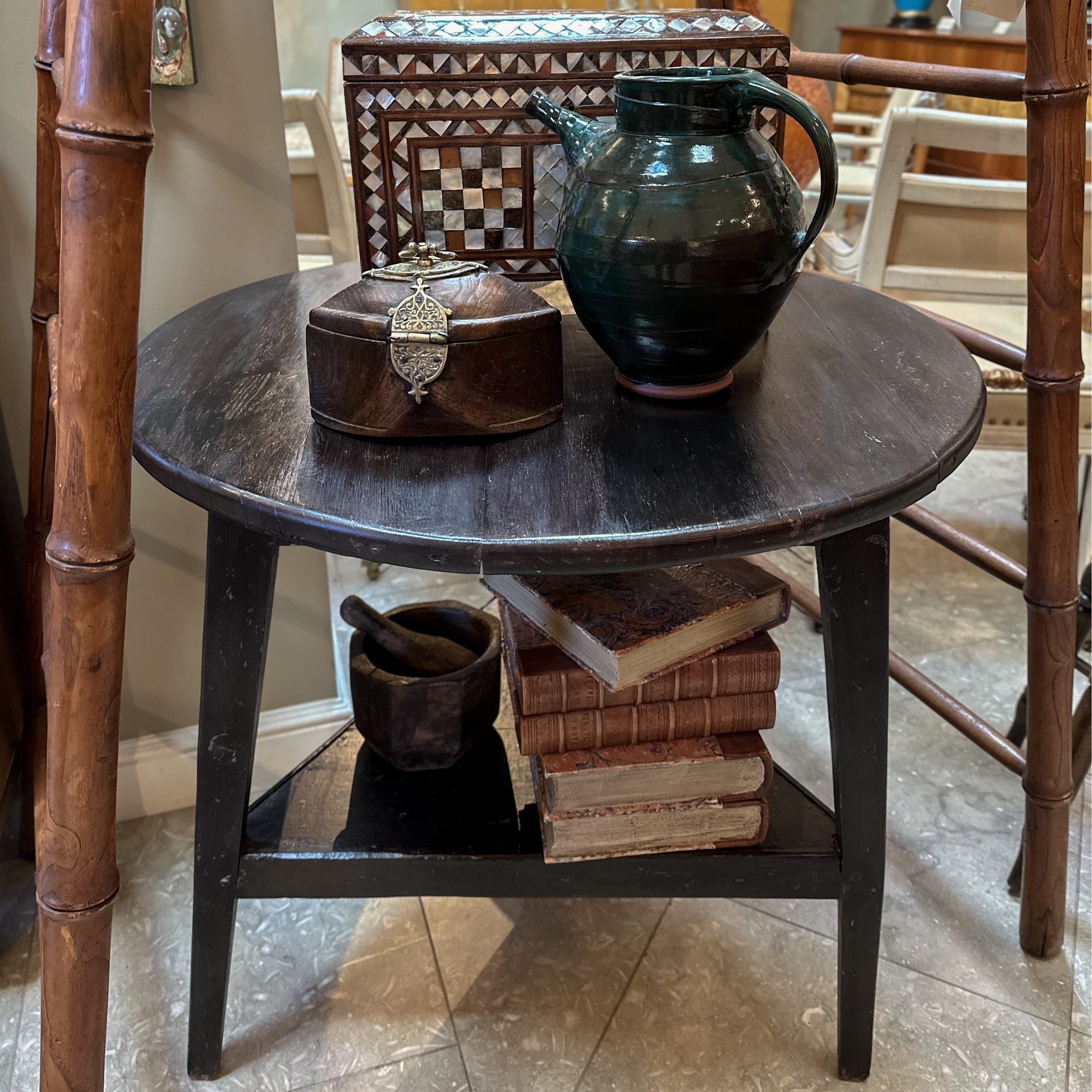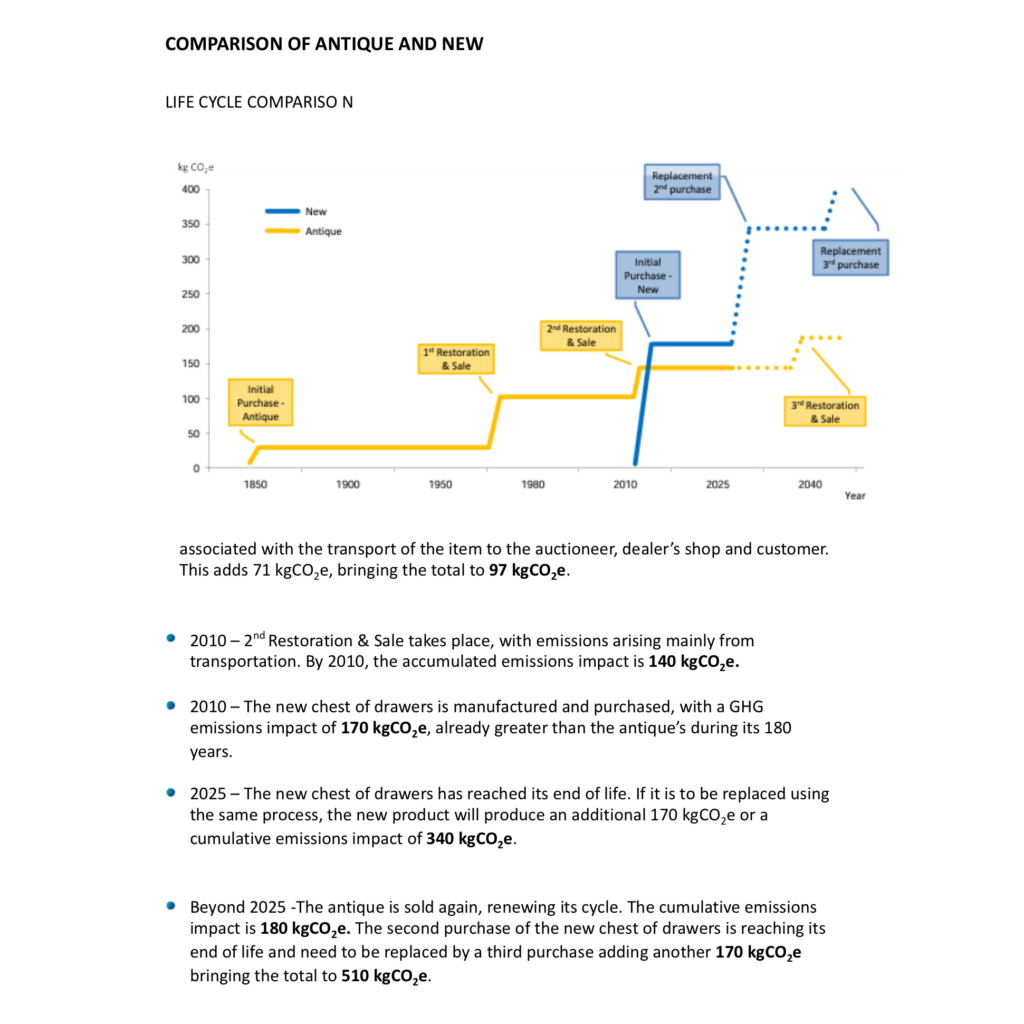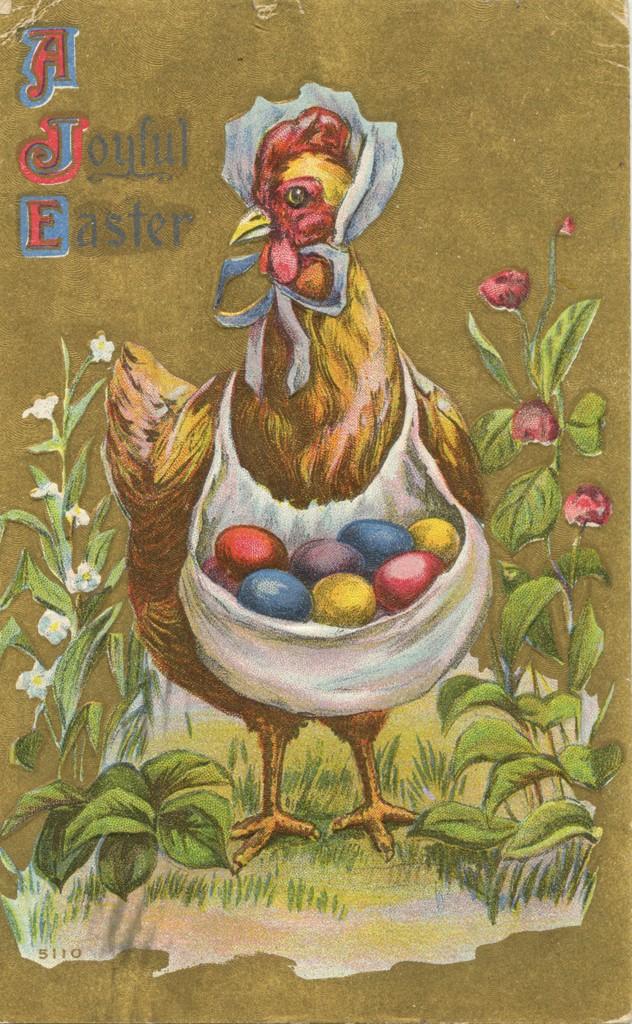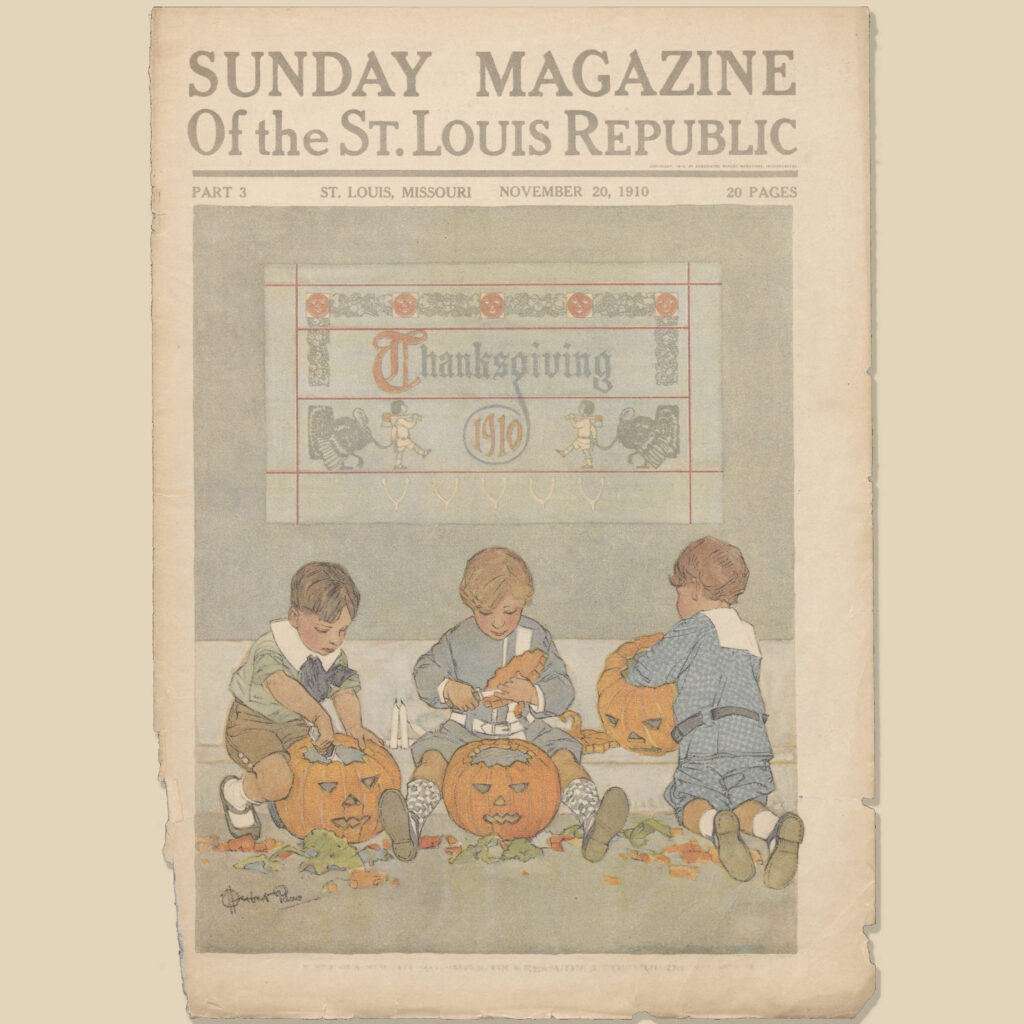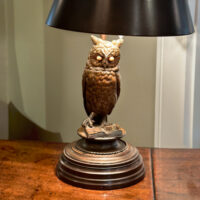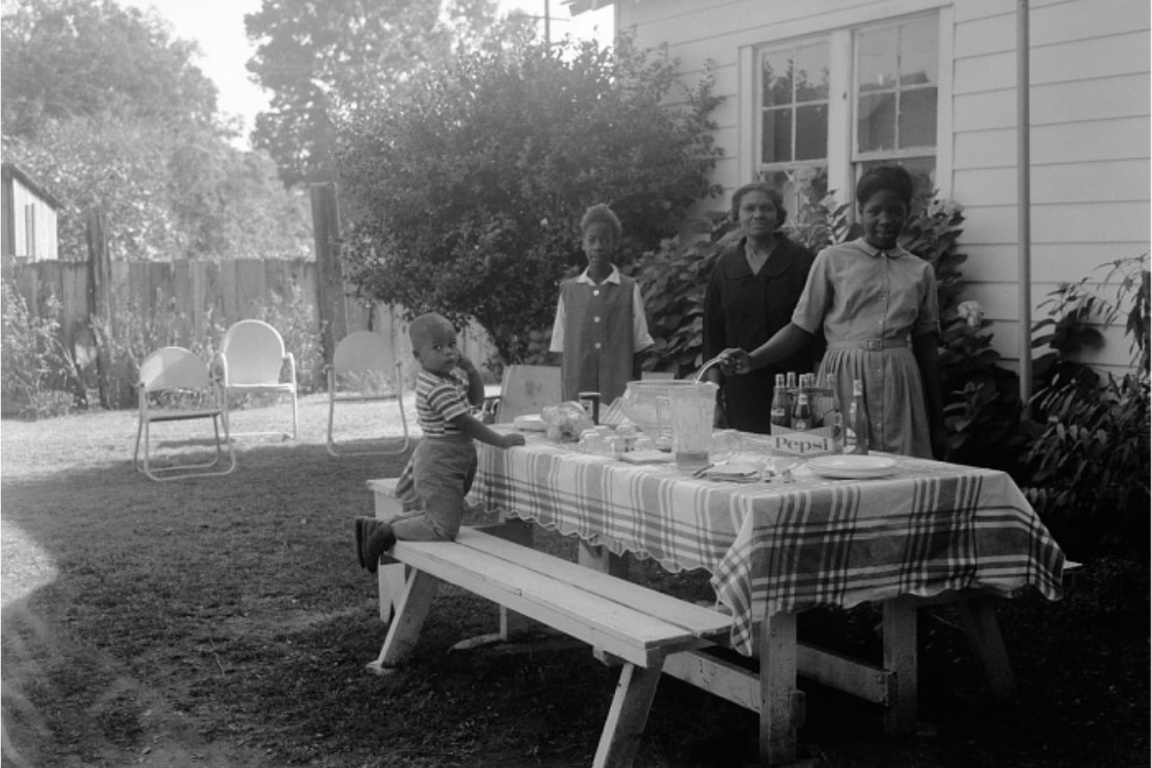
Today, we honor Juneteenth, a significant moment in American history marking the end of slavery in the United States.
Juneteenth is a significant date in American history and the African American experience. The name is a play on the date of June 19th, 1865. On that day, the Union Army made its way into Galveston, TX under the leadership of General Gordon Granger, and he announced to the people of Texas that all enslaved African Americans were free.
“The people of Texas are informed that, in accordance with a proclamation from the Executive of the United States, all slaves are free…”
– Major General, Gordon Granger. General Orders, No. 3. Headquarters District of Texas, Galveston, June 19, 1865
Even though we know that the Emancipation Proclamation freed African Americans in rebelling states (Texas being one of them, from as early as it when the Proclamation went into effect on January 1st, 1863) and we know that the Civil War had ended in April of 1865, it took a while for freedom to make its way to the western most rebelling state. Although there were enslavers who were aware of the implementation of the Emancipation Proclamation, it wasn’t until June 19th, 1865, that it was actually enforced with the Union Army. June 19th freed enslaved people in the rebelling states; it did not free enslaved people throughout the nation.
As we reflect on this day of freedom and resilience, we like to consider the profound cultural and historical narratives reflected antique furniture and the decorative arts which correspond to our shared experience. Happy Juneteenth.
Excerpted from : Mary Elliott, Curator of American Slavery National Museum of African American History & Culture, Smithsonian https://nmaahc.si.edu/explore/stories/what-juneteenth
- The first Black Music Month gathering hosted by President Jimmy Carter on the White House’s South Lawn on June 7, 1979. Courtesy of Dyana Williams
- Emancipation Proclamation
^jh
Like this:
Like Loading...




